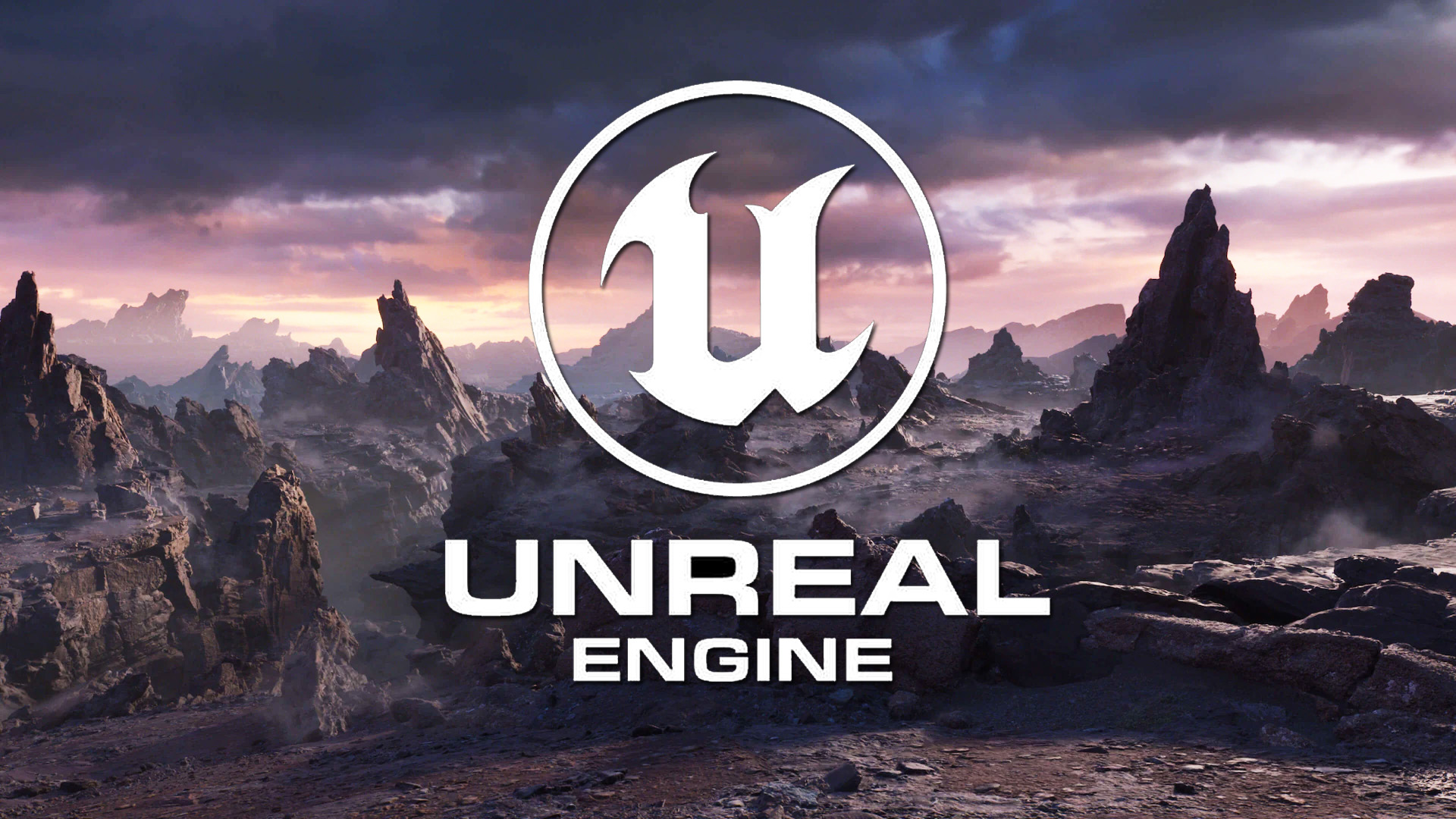Unity3D and Unreal Engine are two of the most prominent game development platforms in the industry today. Both have their own unique sets of features, advantages, and community support, making them suitable for different types of projects. This article delves into the intricacies of these two powerful engines, comparing their capabilities, workflows, and target audiences, to help developers choose the right tool for their needs.

Overview of Unity3D
Unity3D, launched in 2005, is renowned for its versatility and ease of use. Initially focused on 2D game development, it has since expanded to support 3D graphics, making it accessible for various genres of games, from mobile titles to VR experiences. This engine has garnered a vast community of developers, contributing to an ever-expanding library of resources, assets, and plugins.
Key Features
- User-Friendly Interface: Unity3D is often praised for its intuitive interface. Developers can drag-and-drop assets, arrange scenes, and script behaviors with relative ease, which reduces the learning curve for newcomers.
- Cross-Platform Capabilities: One of Unity's standout attributes is its ability to build and deploy games across a wide array of platforms, including iOS, Android, Windows, Mac, Linux, consoles, and even web browsers. This feature allows developers to reach a broader audience without needing to rewrite code for different devices.
- Asset Store: Unity's Asset Store provides developers with a treasure trove of pre-made assets, plugins, and tools. This marketplace enables developers to save time, enhancing the development process by purchasing or accessing free assets rather than creating every element from scratch.
- Scripting in C#: Unity primarily uses C# for scripting. This programming language is well-documented, and many developers find it straightforward to learn and use, especially those familiar with Java or C++.
- 2D Support: Unity's robust 2D game development tools, including sprite management and tile mapping, make it an excellent choice for indie developers creating platformers or mobile games.
Overview of Unreal Engine
Unreal Engine, developed by Epic Games, debuted in 1998 and has been a mainstay in high-fidelity game development since then. Known for its stunning graphical capabilities and powerful features, Unreal has been widely used not only in game development but also in film, architecture, and virtual production.
Key Features
- Graphical Fidelity: Unreal Engine is recognized for its high-end graphics capabilities. It uses advanced rendering techniques, such as real-time global illumination and physically-based rendering, which allow developers to create visually stunning environments and characters.
- Blueprint Visual Scripting: Unreal's Blueprint system enables developers to create game logic without writing traditional code. This visual scripting tool allows designers and artists—who may not have extensive programming experience—to implement complex mechanics and interactions.
- Robust Multiplayer Framework: Unreal Engine is well-equipped for building large-scale multiplayer games, providing developers with powerful networking capabilities out of the box. This makes it a go-to choice for online multiplayer games.
- C++ Programming: While Unreal Engine supports visual scripting through Blueprints, it also allows for deep customization through C++. Developers who need fine control over game performance and features can take full advantage of the powerful C++ environment.
- Virtual Reality and Cinematic Production: Unreal’s strong VR support and integration with film production tools make it a preferred choice for cinematic experiences, interactive storytelling, and virtual environments.
Comparing Unity3D and Unreal Engine
While both Unity3D and Unreal Engine can produce high-quality games, they cater to slightly different audiences and project scopes.
Ease of Use
Unity is often seen as more accessible for beginners. Its intuitive interface and reliance on C#—a user-friendly language—make it a preferred choice for new developers or small indie teams. Unreal, on the other hand, while powerful, may involve a steeper learning curve due to its complexity and C++ coding requirements.
Graphics and Performance
For projects that prioritize high-end graphics, Unreal is the better choice. It excels in rendering capabilities and is often used for AAA titles where visual fidelity is paramount. Unity, while not lacking in graphical capabilities, is typically chosen for projects where performance on limited hardware (like mobile devices) is a concern.
Asset Store vs. Marketplace
Unity’s Asset Store is vast and offers a wide variety of assets that can significantly speed up development time. Unreal Engine also has a marketplace, but it may not be as extensive in comparison. However, Unreal provides more high-quality free assets out of the box with each engine release.
Community and Support
Both engines have robust communities, but they differ in scale and focus. Unity has a large number of indie developers and hobbyists, offering a wealth of tutorials and community-created content. Meanwhile, Unreal's community is primarily comprised of professional developers and artists, particularly in the realm of AAA game development and virtual production.
Pricing Models
Unity employs a subscription model with different tiers based on the user's revenue. The Personal edition is free for smaller developers, while larger companies must choose between Plus, Pro, or Enterprise subscriptions. Unreal Engine is free to use, with a royalty-based system where developers pay a percentage of their earnings after a certain threshold, which can be an advantage for smaller indie developers who want to minimize upfront costs.
Conclusion
In the battle of Unity3D vs. Unreal Engine, the choice ultimately depends on the specific needs of the developer or the project. For those starting in game development or working on mobile and 2D projects, Unity3D offers a user-friendly environment with extensive resources. Conversely, for developers seeking to create high-fidelity graphics and complex gameplay mechanics, Unreal Engine stands out as a powerful tool suited for AAA titles and advanced projects.
Both engines continue to evolve, incorporating new technologies and responding to the changing landscape of game development. By understanding the strengths and weaknesses of each, developers can select the right engine to bring their creative visions to life. Whether aiming for accessibility, versatility, visual fidelity, or performance, Unity3D and Unreal Engine provide formidable options for bringing ideas to the gaming world.












